As a BetterHelp affiliate, we receive compensation from BetterHelp if you purchase products or services through the links provided
If you’re struggling with a particular fear, it’s essential to understand whether it’s a diagnosable phobia or a regular one. Phobia tests are designed to help you identify and understand your specific fears. These tests ask questions about various situations and objects, allowing you to gauge the severity of your fear. By taking a phobia test, you can determine whether you have a phobia and, if so, what type and severity it is.
Understanding your phobia is crucial to managing and overcoming it. Remember, a phobia is an intense, irrational fear of a specific object, situation, or activity that poses little to no danger. When faced with fear, people with phobias usually experience symptoms such as difficulty breathing, sweating, or avoidance. You can learn to manage and overcome your phobia by seeking appropriate treatment and relief.
Key Takeaways
- Phobia tests help identify and understand specific fears that may be irrational or overwhelming.
- Recognizing phobias is an essential step in managing and overcoming these fears.
- Assessing the severity and type of phobia allows for appropriate treatment options, leading to personal relief and growth.
 Understanding Phobias
Understanding Phobias
Phobias can be described as an intense and irrational fear of a specific object, situation, or activity that poses little to no actual danger. They are typically classified as anxiety disorders and can interfere with daily life. Understanding phobias is essential in seeking appropriate treatment and overcoming these fears.
There are various phobias, such as specific, social, and agoraphobia. A specific phobia is an excessive fear of a particular object or situation. For example, you might have heard of arachnophobia, an irrational fear of spiders. Social phobia is the fear of social situations, often triggered by the thought of being judged or embarrassed. Agoraphobia relates to being afraid of open spaces and crowds.
There are specific diagnostic criteria to determine if you have a phobia. These include life-limiting effects, avoidance behavior, and excessive fear or anxiety. It is crucial to note that a phobia should not be diagnosed unless it significantly impacts your life in some way. Attempts to avoid the feared situation are also essential to diagnosing phobias.
Sometimes, you can take online phobia tests to understand whether you have signs of a phobia. These tests are anonymous, accessible, and can provide instant results. Bear in mind, however, that these tests should be taken cautiously and never replace a mental health professional evaluation.
Remember, having a phobia is a mental disorder, but it is possible to manage and overcome your fears with the right treatment and approach. You’re not alone in this journey; plenty of resources and professionals are available to help.
 Common Types of Phobias
Common Types of Phobias
It’s not uncommon for people to encounter a variety of fears and phobias in their lifetime. This section will discuss some of the most common phobias you might encounter.
- Arachnophobia – Fear of spiders. This fairly common phobia can lead to extreme anxiety upon encountering or even thinking about spiders.
- Acrophobia – Fear of heights. People with this phobia may avoid tall buildings, bridges, or other situations where they might be high off the ground.
- Aerophobia – Fear of flying. This can make travel difficult and limit your opportunities to explore new places.
- Cynophobia – Fear of dogs. This might make social situations challenging, especially if many of your friends or family members have pets.
- Ophidiophobia – Fear of snakes. Even harmless garden snakes can cause panic and distress for those with this phobia.
- Coulrophobia – Fear of clowns. This phobia often starts in childhood and can persist into adulthood, causing anxiety around circuses, carnivals, or even just the sight of a clown costume.
- Triskaidekaphobia – Fear of the number 13. This phobia can cause people to avoid staying on the 13th floor of a hotel or preventing the number 13 from appearing in their everyday lives.
- Aquaphobia – Fear of water. This can manifest in various ways, such as avoiding swimming pools and lakes or even being nervous during rainy weather.
- Nyctophobia – Fear of the dark. This can make nighttime activities difficult and lead to sleep problems.
- Glossophobia – Fear of speaking in public. This can be particularly challenging for those in professions where public speaking is required.
- Telephonophobia – Fear of talking on the phone. This might make communication difficult, especially in professional settings where phone calls are a part of daily life.
- Entomophobia – Fear of insects. This can make outdoor activities challenging, especially during the warmer months when insects are more prevalent.
- Musophobia – Fear of mice. This common phobia can lead to fear and anxiety in settings where mice may be present, such as in older buildings or rural environments.
Remember, these are just a few examples of the many phobias people can experience. It’s important to recognize and respect the fears and experiences of others and your own.
 Symptoms of Phobias
Symptoms of Phobias
Physical Symptoms
When you have a phobia, your body reacts to the source of fear with physical symptoms. These can include:
- Panic: Intense feelings of panic, often accompanied by sensations of impending doom. Panic might cause you to feel shaky, lightheaded, or experience chest pain.
- Sweating: Your body may respond to the phobic situation with excessive sweating, which can be uncomfortable and embarrassing.
- Trembling: Involuntary shaking or trembling is a common response to fear. This can make it difficult to perform tasks that require fine motor skills.
- Rapid heartbeat: Fear causes your heart rate to increase, sometimes to the point where it feels like it’s racing or pounding.
- Nausea: The upset stomach that comes with nausea is another common physical symptom of phobias.
Psychological Symptoms
Along with physical symptoms, phobias can also cause psychological distress. Some common psychological symptoms include:
- Unwanted thoughts: Persistent, intrusive thoughts about the object of your fear can make it hard to focus on other things.
- Intense fear: This disproportionate fear can make even the thought of encountering the object or situation unbearable.
- Avoidance: You may go out of your way to avoid the source of your phobia, which can disrupt your everyday life and relationships.
- Anxiety: The anticipation of interacting with the object or situation can cause feelings of anxiety that affect your overall well-being.
While dealing with these symptoms can be challenging, understanding the physical and psychological reactions associated with phobias can help you better manage your fear. Remember, you’re not alone; many resources are available to help you overcome your phobia.
Phobia Tests
Phobias can cause intense fear and anxiety triggered by specific objects, animals, or situations. Various tests are available to determine if you have a potential phobia, both offline and online. In this section, we’ll explore both of these methods.
Offline Phobia Tests
Offline phobia tests usually involve consulting a mental health professional, such as a psychologist, psychiatrist, or therapist. During an assessment, the practitioner may ask questions about your fear, anxiety, and avoidance behaviors related to the object or situation. They will also consider your physical symptoms, such as difficulty breathing, sweating, palpitations, or restlessness.
An offline phobia test often involves:
- A comprehensive interview to understand your history and triggers
- Observations of your reactions to the feared stimulus
- Psychological assessments or questionnaires to measure your level of fear and avoidance
Remember, being honest and open with the test professional is essential for the most accurate assessment.
 Online Phobia Tests
Online Phobia Tests
Online phobia tests are self-administered questionnaires that can provide a preliminary indication of a potential phobia. These tests consist of a series of questions addressing various aspects of your fear and anxiety, such as:
- The intensity of your fear when facing the object/situation/animal
- Frequency of experiencing fear or anxiety
- Avoidance tendencies or resistance to confronting your fear
Here are some reputable online phobia tests to consider:
- TherapyByPro: Featuring a phobia test that aims to screen for specific phobias and recommend professional help if needed.
- Mind Help: Offers a phobia test verified by the World Mental Healthcare Association, focusing on signs of phobia and related physical symptoms.
- Psych Times: Provides a 10-question phobia assessment, giving more context on your results and how phobias are commonly treated.
Remember that online phobia tests should not be considered a definitive diagnosis. For a more accurate assessment, consult a mental health professional.
 Diagnostic Criteria for Phobias
Diagnostic Criteria for Phobias
When diagnosing phobias, there are specific criteria used by mental health professionals to classify these anxiety disorders. Specific phobias, which involve significant fear related to a particular object or situation, have guidelines in the Diagnostic and Statistical Manual of Mental Disorders (DSM-5).
To start with, marked fear or anxiety about a specific object or situation is key. This fear should be excessive or unreasonable and persistently triggered by the object or situation.
Immediate fear or anxiety is another essential criterion. The phobic object or situation almost always provokes an immediate reaction, making it difficult for you to endure or avoid the source of your fear.
It’s also crucial to consider avoidance. People with phobias tend to actively avoid or endure the feared object or situation with intense discomfort and anxiety.
Another factor to consider is the degree to which the phobia is life-limiting. A phobia may be clinically diagnosable if it significantly negatively impacts the sufferer’s life. This could include limiting their work, social, or personal experiences.
Social phobia, or social anxiety disorder, is similar to a specific phobia diagnosis. The main difference is that social phobia revolves around a fear of being judged, humiliated, or rejected in social environments or by others.
To diagnose a specific or social phobia, mental health professionals often engage in the following process:
- Talk with you about your symptoms and risk factors
- Ask questions to gather information about your medical, mental health, and social history
- Discuss what situations or objects you’re avoiding due to fear
Once a diagnosis is established, treatment options can be explored to help you manage and eventually overcome your phobia. Working closely with a mental health professional ensures you receive the best treatment and support for your situation.
Understanding the diagnostic criteria for phobias is helpful, but it’s crucial to trust a mental health professional’s expertise and guidance when navigating the world of anxiety disorders.
 Treatment Options
Treatment Options
Talk Therapy
One treatment option for phobias is talk therapy, which involves discussing your fears with a trained professional who can help you understand and change your thinking patterns. In this process, they may use techniques like cognitive-behavioral therapy (CBT) to help you develop more balanced perspectives on your fears. If needed, your therapist may also recommend medications, such as antidepressants like selective serotonin reuptake inhibitors (SSRIs) or monoamine oxidase inhibitors (MAOIs), to help manage symptoms as you recover.
Key Takeaway: Talk therapy, like CBT, can help you modify your thought patterns and perceptions of your phobias, typically with the help of a trained professional.
Exposure Therapy
Exposure therapy is another effective treatment option that focuses on gradually exposing you to the source of your fear to reduce your anxiety. This process often involves creating a hierarchy of fear, starting with situations that cause minimal anxiety and progressing toward those that trigger more intense reactions. You then practice facing these scenarios in a controlled environment, allowing you to confront and eventually overcome your phobia.
Key Takeaway: Exposure therapy can help you gradually face your phobia and reduce anxiety before it becomes overwhelming.
Setting goals
It’s essential to set realistic goals throughout your therapy journey. Work with your therapist to create specific, measurable objectives that reflect the progress you hope to make. These goals can be as simple as tolerating exposure to the source of your fear for a few seconds or overcoming a particular aspect of your phobia.
- Identify your desired outcomes.
- Break larger goals into smaller, manageable steps
- Regularly review your goals with your therapist
Key Takeaway: Setting clear and achievable goals is essential to phobia treatment, as it helps you remain focused and motivated throughout the process.
 Monitoring Progress in Therapy
Monitoring Progress in Therapy
Keeping track of your progress in therapy is crucial for maintaining your motivation and celebrating your successes. Work with your therapist to identify milestones or indicators demonstrating how far you’ve come. You can use tools like journals, progress charts, or even smartphone apps to assist in this process.
- Regularly assess your progress with your therapist
- Adjust your goals as needed based on your achievements
- Celebrate your successes and reflect on the challenges you’ve overcome
Key Takeaway: Tracking your progress during therapy helps you stay motivated and recognize the positive changes you’ve achieved in overcoming your phobia.
 Living with Phobias
Living with Phobias
Living with phobias can be challenging, but there are ways to cope with and manage your fears. When you have a phobia, it’s common to experience excessive and persistent fear about a specific object, situation, or activity. This fear often leads to avoidance, even when there is little or no actual danger. Here are some strategies to help you overcome the impact of phobias on your life.
Firstly, it’s essential to understand your phobia and how it affects you. You’ll be better equipped to address your fears by identifying triggers and recognizing your thought patterns. You can also keep a journal to track your emotions, jotting down what causes the most anxiety and how you respond to these situations.
An essential aspect of living with a phobia is gradually learning to confront the fear. You can do this by using techniques such as:
- Desensitization: Expose yourself to the feared object or situation in small, controlled steps. Gradually increase the intensity to build your confidence and cope with the fear.
- Relaxation techniques: Breathing exercises, visualization, and mindfulness meditation are valuable tools in reducing anxiety and managing stress related to your phobia.
- Challenging negative thoughts: Identify and confront the irrational thoughts that fuel your phobia. Replace them with more realistic and positive thoughts to reduce the fear’s intensity.
While working on overcoming your phobia, it’s also essential to maintain a healthy lifestyle, as stress and anxiety can exacerbate your fears. Eat well-balanced meals, exercise regularly, get plenty of sleep, and engage in hobbies that bring you joy and relaxation.
Support from friends, family, or support groups can be invaluable, as you’ll have others who understand your struggles and provide encouragement. Talking about your phobia openly can also lessen its power over you.
Lastly, seek professional help if your phobia severely impacts your life or if self-help strategies are ineffective. A mental health professional can provide guidance, support, and tailored treatment approaches to help you overcome your fears.
Key Takeaway: Living with phobias can be challenging, but with self-awareness, gradual exposure, relaxation techniques, a healthy lifestyle, and support from others, you can manage and overcome your fears.
 Phobias and Other Mental Disorders
Phobias and Other Mental Disorders
Phobias are an anxiety disorder where you experience excessive and persistent fear of specific objects or situations. Common examples include fear of heights or certain animals, like spiders. Unlike generalized anxiety disorder (GAD), which involves excessive worry about various aspects of life, phobias focus on a particular trigger.
Obsessive-compulsive disorder (OCD) is another mental health condition that may appear similar to phobias. However, OCD is characterized by repetitive thoughts (obsessions) and behaviors (compulsions) that respond to these thoughts. While phobias involve avoidance of specific objects or situations, OCD revolves around an uncontrollable urge to perform specific actions.
Social anxiety disorder, also known as social phobia, involves an intense fear of social situations and of being judged or humiliated by others. Though it shares some characteristics with specific phobias, social anxiety disorder centers on social settings, while other phobias focus on particular objects or situations.
Here are some key differences between phobias and other mental disorders:
- Phobias: Intense fear of specific objects or situations, leading to avoidance.
- Generalized Anxiety Disorder: Excessive worry about various aspects of life.
- Obsessive-Compulsive Disorder: Repetitive thoughts and behaviors in response to obsessions.
- Social Anxiety Disorder: Intense fear of social situations and being judged.
It is crucial to consult a mental health professional for a proper diagnosis when dealing with any mental health condition. Early intervention can lead to better outcomes in managing your condition, so be proactive in seeking help.
Remember, mental health conditions like phobias, GAD, OCD, and social anxiety disorder are treatable, and recovery is possible. By understanding the differences between these disorders, you can take an essential step towards improving your well-being.
Frequently Asked Questions

What is the most common phobia?
The most common phobia is the fear of specific objects or situations, also known as specific or simple phobia. Some examples include but are not limited to:
- Fear of heights
- Fear of certain animals (e.g., spiders)
- Fear of blood
Remember, it’s essential to identify and address your phobias to maintain control over your anxiety.
How can I identify my specific phobia?
You must consider your reactions and feelings towards certain situations or objects to identify your specific phobia. Keep an eye out for:
- Excessive fear or anxiety when confronted with the specific trigger
- Avoidance of the object or situation
- Persistent fear and anxiety, even when not directly faced with the trigger
If these symptoms persist, consider contacting a mental health professional for guidance and possible diagnosis.
Do I have Claustrophobia?
Claustrophobia is the fear of enclosed spaces. You may have claustrophobia if you experience some of these key signs:
- Panic or anxiety when in small, confined spaces
- Difficulty breathing or sweating when in tight spaces
- Avoiding elevators, small rooms, or narrow passages
If you suspect you have claustrophobia, consider seeking professional help to address it.
Can I test for a fear of blood?
There isn’t necessarily a specific blood phobia test; however, you can assess your fear through self-observation and reflection. Some indicators of blood phobia include:
- Fainting or feeling lightheaded at the sight or thought of blood
- Rapid heart rate or sweating around the blood
- Avoiding blood donation or medical procedures involving blood
Remember, it’s crucial to understand your fears to cope with them effectively.
How do I know if I have Scopophobia?
Scopophobia, or the fear of being stared at, can be challenging to identify and diagnose. Consider the following signs:
- Anxiety or uneasiness when being the center of attention
- Fear of making eye contact
- Avoiding situations where you might be observed, such as public speaking or social events
If some of these symptoms resonate with you, professional assistance might help address your scopophobia.
Is there a phobia quiz for rare fears?
While numerous online tests and quizzes may claim to assess various phobias, remember that self-assessment tests are not a substitute for professional diagnosis. If you suspect a rare or unusual fear, it’s best to consult a mental health professional who can evaluate you accurately and guide you toward appropriate treatment.
About Jacob Maslow
After surviving the traumatizing events of 9/11, I took it upon myself to heal through helping others. I’m the primary caregiver of my children and understand from first-hand experience the lonely paths you have to walk as a partner and parent when leaving an unhealthy relationship.
We’re all echoing in a dark space that doesn’t have to be this empty, and that’s been my mission since finding solace and recovery in therapy: To help comfort others who are still in shock and at the prime of their struggle.
I came across BetterHelp after searching for this type of community. I wanted to belong to a body of proactive therapists and supportive therapy veterans that allowed me to see other sides of the story.
It was unconventional, and that’s what attracted me most. During my most challenging times, when my ex-wife completely cut me off from my children, I found comfort and clarity through BetterHelp.
Instead of being chained to a strict therapist recommendation, I was in charge of who I felt understood my struggle most. That allowed me to find my true peace, as I was reunited with those who read behind my words and had first-hand experience with my trauma.
Recovery is a choice; with BetterHelp, that choice will be a few clicks away. You can join their couples-oriented platform, Regain.us, for those stuck with family estrangement and toxic relationship patterns.
- 7 Ideas to Help You Relax and Unwind on a Family Vacation - April 27, 2025
- How Having Cybersecurity Protection Helps You Relax - April 25, 2025
- 8 Reasons Why Spending Time Outside Calms You Down - April 25, 2025
This site contains affiliate links to products. We will receive a commission for purchases made through these links.

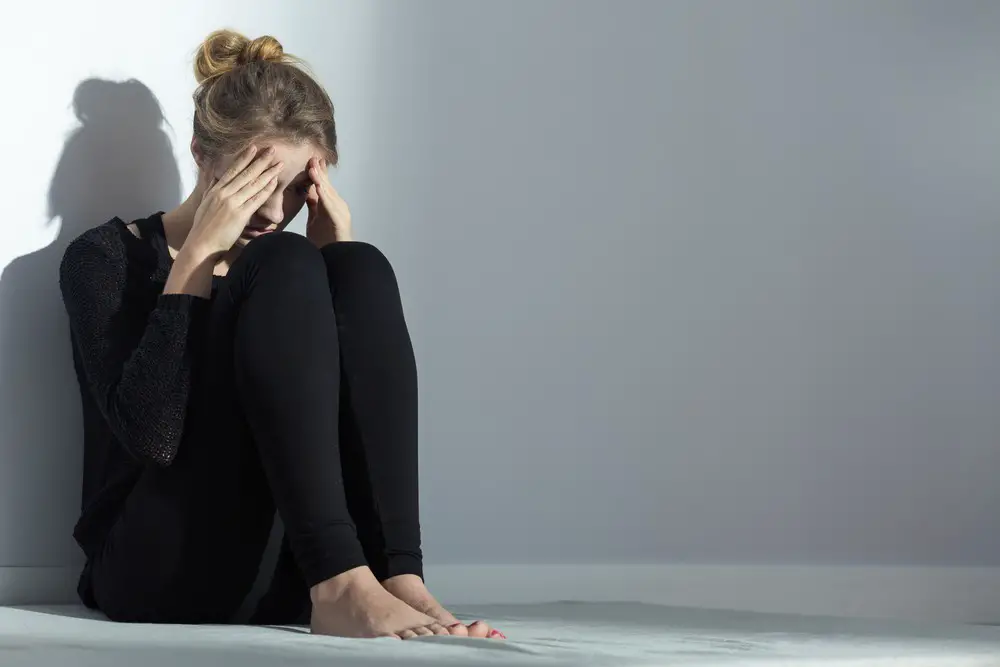
 Understanding Phobias
Understanding Phobias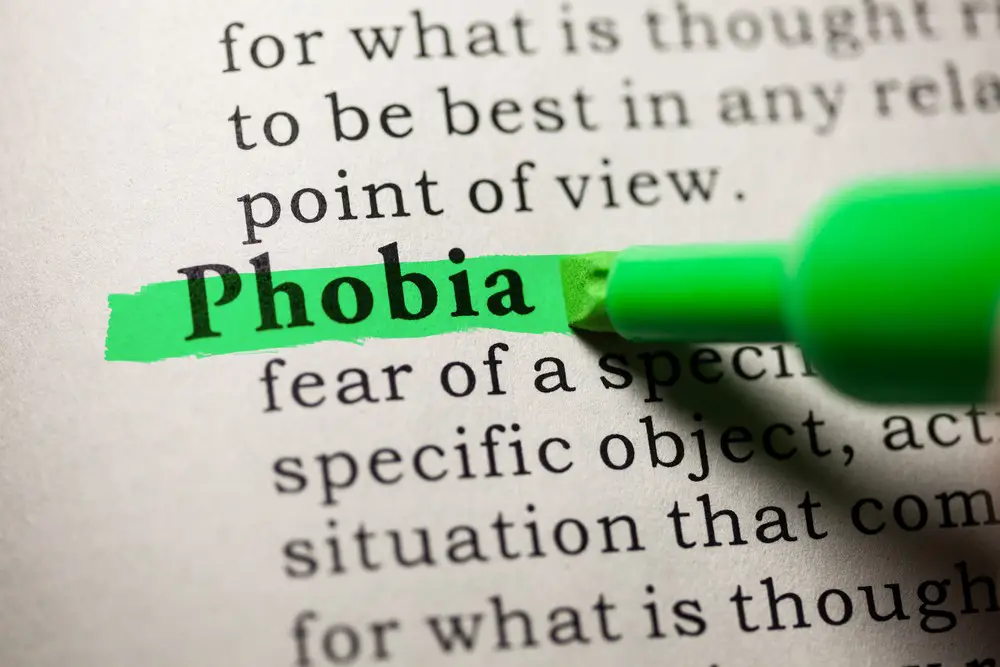 Common Types of Phobias
Common Types of Phobias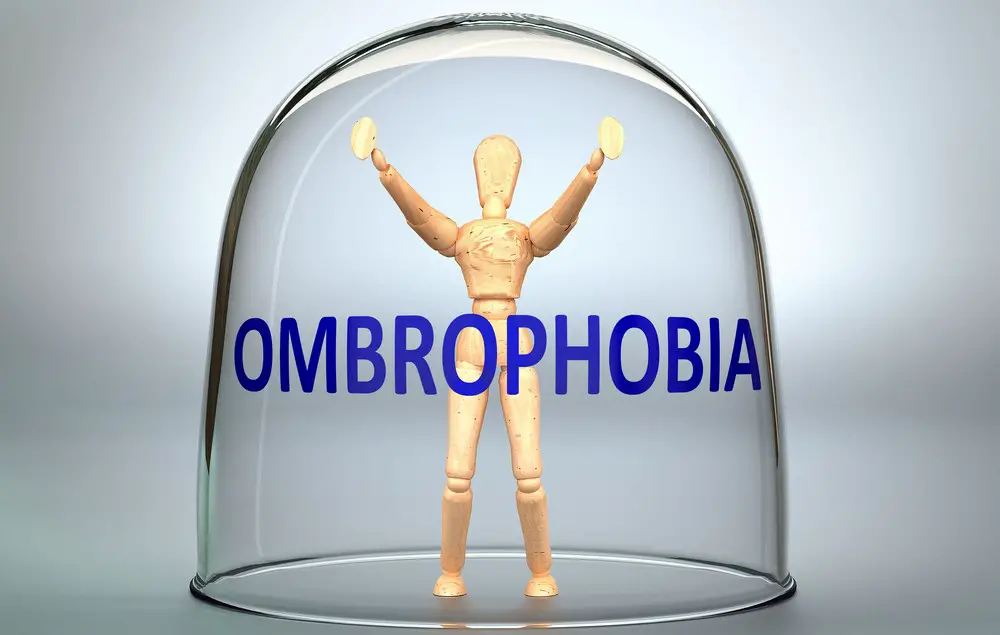 Symptoms of Phobias
Symptoms of Phobias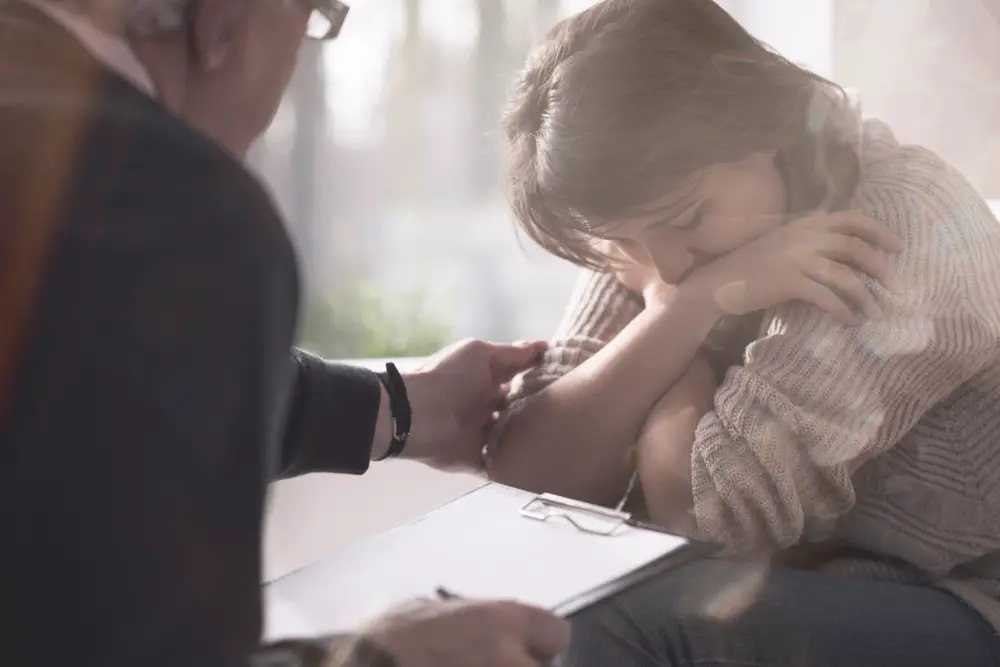 Online Phobia Tests
Online Phobia Tests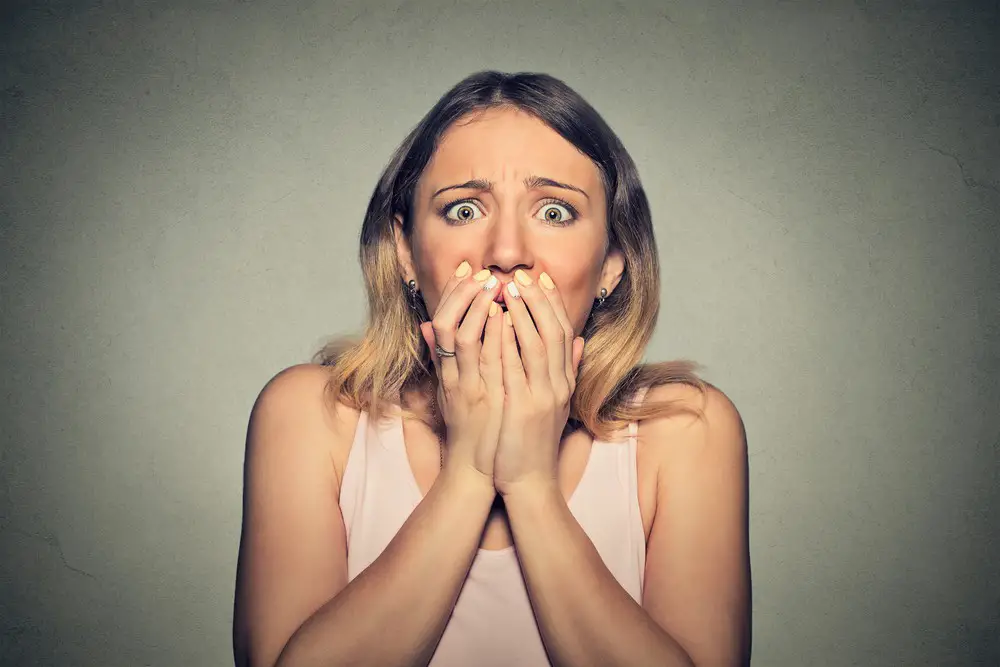 Diagnostic Criteria for Phobias
Diagnostic Criteria for Phobias Treatment Options
Treatment Options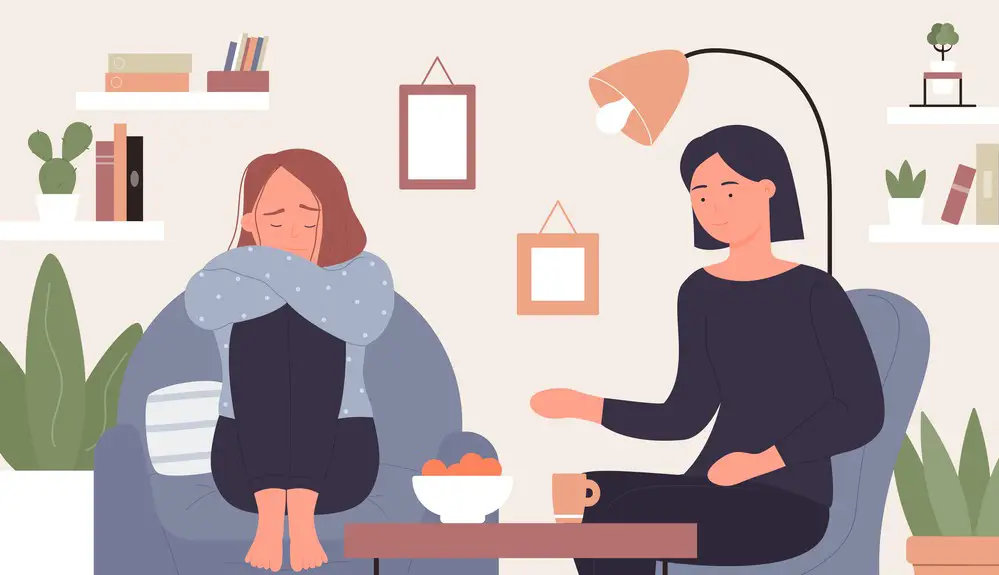 Monitoring Progress in Therapy
Monitoring Progress in Therapy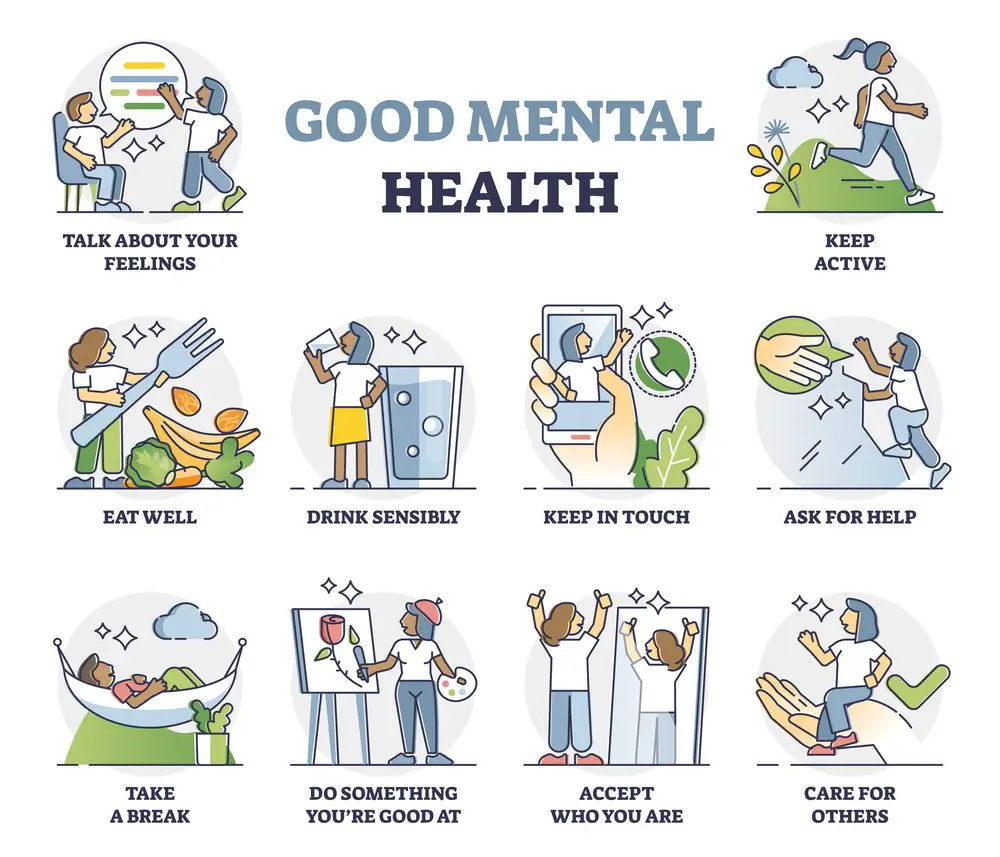 Living with Phobias
Living with Phobias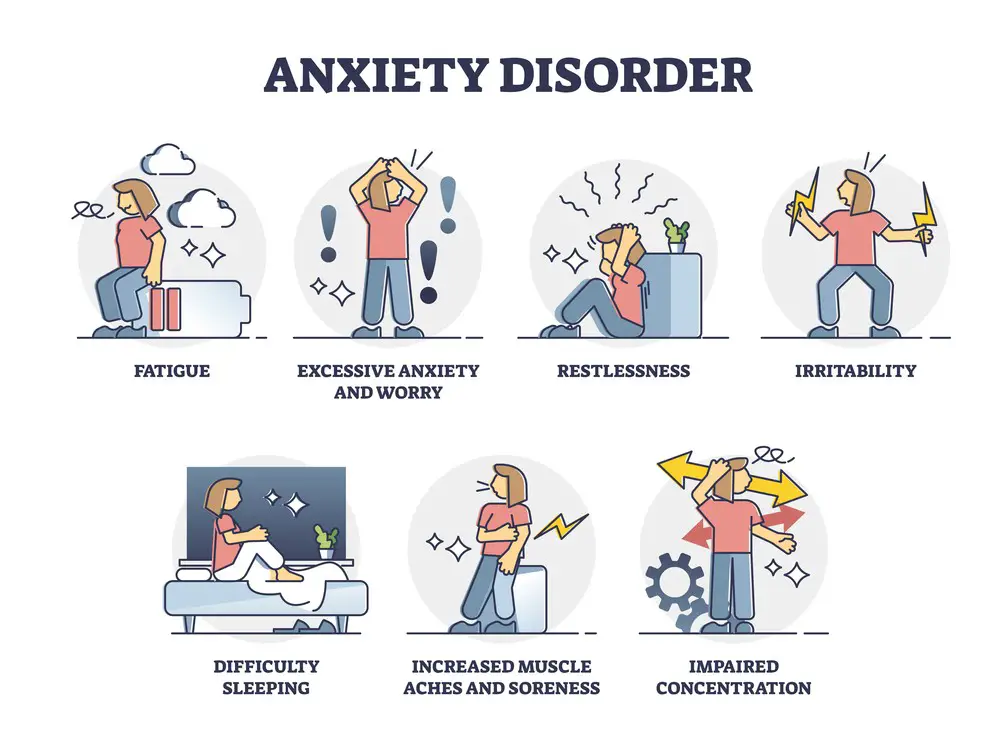 Phobias and Other Mental Disorders
Phobias and Other Mental Disorders
